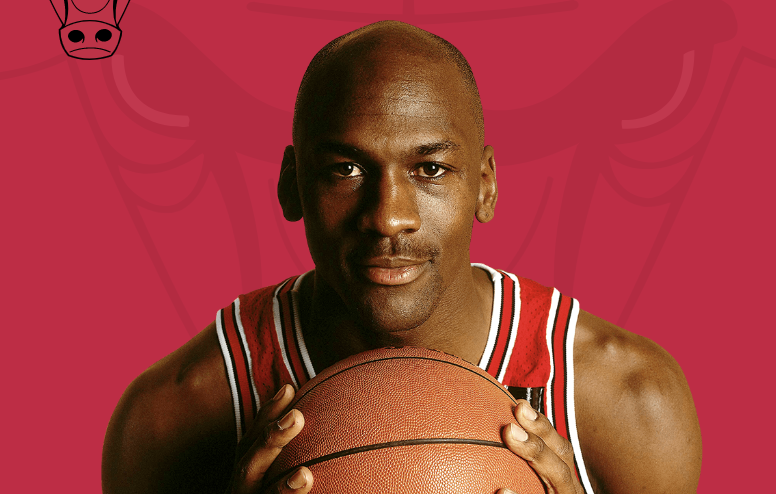Last night I caught my second viewing of Air, and it seemed to gain somewhat. It certainly didn’t diminish. My third viewing will be with subtitles, and then it’ll really gain.
I especially loved how Matt Damon‘s eloquent emotional pitch to the Jordan family near the end is off-the-cuff, and in so doing echoes the second half of Martin Luther King‘s “I have a dream” speech, which was also largely improvised, and is discussed early in the film. This is called “refrain” — one of the most solid and dependable tricks in the book.
But one minor thing has stuck in my craw.
Director Ben Affleck‘s decision not to show Michael Jordan is an understandable one. “”He exists above and around the story, but if you ever concretize him, if you ever say, ‘Yes, that’s Michael Jordan,’ they’ll know it’s not, really..it’s fake,” Affleck explained in a People interview. I thought if they bring everything they thought and remembered about [Michael] and what he meant to them to the movie and projected it onto the movie, it [would work] better.”
And so Jordan stand-in Damian Delano in only seen from the rear, and Jordan’s voice is only heard once on a phone line (“hello”). The physical Jordan/Delano presence only happens toward the conclusion (i.e., during the afore-mentioned Nike pitch meeting plus one or two others). But here’s the thing — the camera’s avoidance of Jordan’s face and Affleck not even allowing us to hear a few words from the guy also feels “fake.” The dodge feels too conspicuous. It intrudes upon the reality of that climactic moment and the overall third-act flow.
I don’t know what the solution could have been or if one was possible, but if I’d been directing I would have persuaded the present-tense Jordan, 60, to record a few lines of dialogue. Maybe a few quips, maybe a pungent observation of some kind,. Hearing the Real McCoy certainly would’ve helped.
On the other hand would it have been that hard to find a young Michael Jordan look-alike? We all know that movies are fake from start to finish — what matters is conviction and bringing your best game to the table.
It could have been argued by the producers of The Longest Day (’62) that Dwight D. Eisenhower was too big of a historical figure and that people would instantly know that Henry Grace, the set decorator who played the nation’s 34th president in an early scene, was just some joker pretending to be Ike.
Of course audiences knew that, but the second that Grace’s face appeared on the big screen, it worked. Audiences appreciated the effort and approved for the most part. Grace’s voice was dubbed by voice actor Allen Swift.

